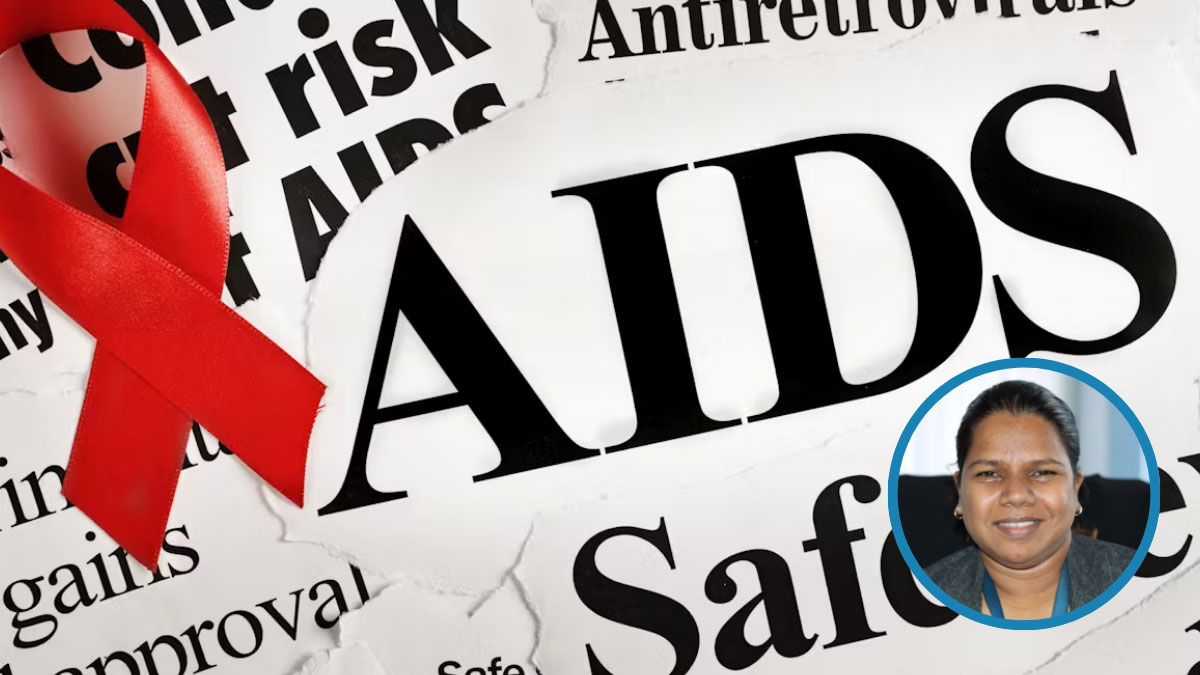
Statistics have shown that the number of HIV/AIDS cases in Fiji had grown to 552 from January to June 2024, marking a 573 percent rise compared to 2017.
While briefing permanent secretaries at the UNAIDS headquarters during a recent HIV Surge Meeting in Suva, HIV/AIDS medical specialist, Dr. Rachel Devi says no area in Fiji is exempted from HIV/AIDs.
Dr. Devi says in Fiji, the Central Division has recorded the highest number with 380 cases, followed by the Western Division with 151 cases, the Northern Division with 19 cases, and the Eastern Division with 2 cases.
She says notably, 97 percent of the cases are adults, with 381 men and 169 women affected, reflecting a gender disparity and 3 percent children.
Meanwhile, the Fiji government endorsed HIV Surge Strategy 2024-2027 is targeted at addressing intersecting issues by focusing on prevention, treatment, harm reduction, human rights, and social justice.
In a statement, the government says a particular emphasis will be on coordinated public health responses to both HIV/AIDs and drugs mainly because of the increased prevalence of hard drugs such as methamphetamine within the Fijian community.
They say the key factors contributing to this surge include an increase in unprotected sexual behaviour with multiple partners, and the alarming prevalence of injectable drug use, which accounts for 15 percent of the rise in cases.
They add that the age group most impacted by this surge is the 20-39 years old and other concerning trends like "chemsex" and "bluetoothing" (the sharing of drug-filled syringes) are exacerbating the spread of the virus.
Dr.Devi stressed the importance of raising awareness about these trends and the government's preventative measures.
She says one of the measures is making testing and treatment accessible in all areas by decentralising services, promoting education and awareness, strengthening data collection and analysis and expanding hard reduction programs.
Stay tuned for the latest news on our radio stations

